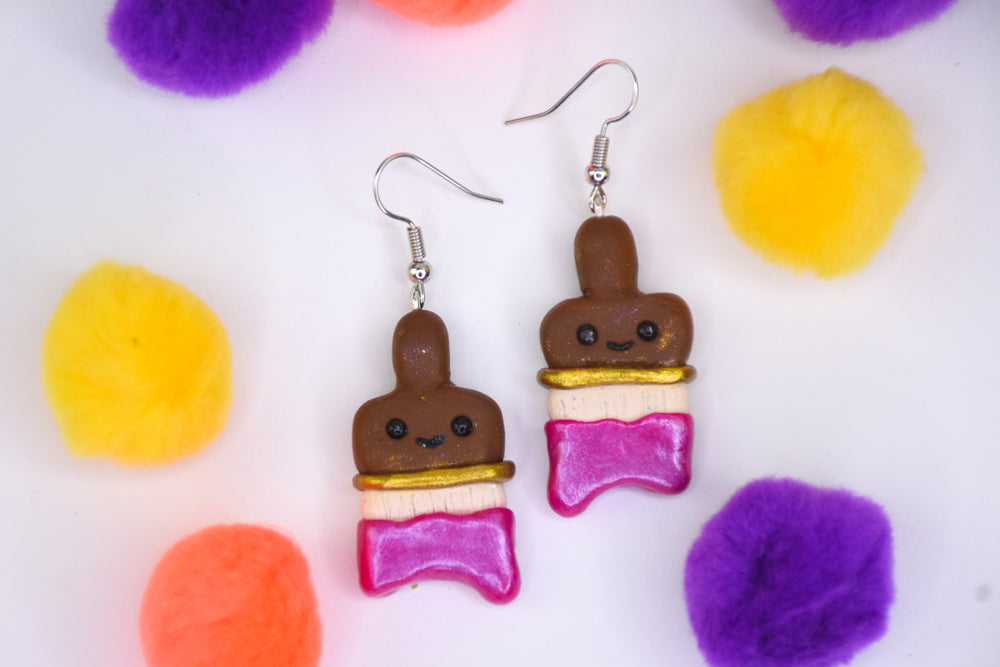Sculpey Premo™ Paintbrush Earrings
Sculpey Premo™ Paintbrush Earrings
Read More
Delight your artist friends with these clever paintbrush earrings! Team up Sculpey Premo™ with Ranger Perfect Pearls to create a sparkling finish like wet paint.
Read Less
ADDITIONAL SUPPLIES
- Ranger Perfect Pearls - Sunflower Sparkle, Pink Gumball
- Small Paint Brush
- 2 Jewelry Eye Screws
- 2 Earring Hooks

Project Instructions
Step 1
Step 2

Step 3

Step 4

Step 5

Step 6

Step 7

Step 8

Step 9


Step 10

Step 11

Step 12

Step 13

Step 14

Step 15

Step 16

Step 17


